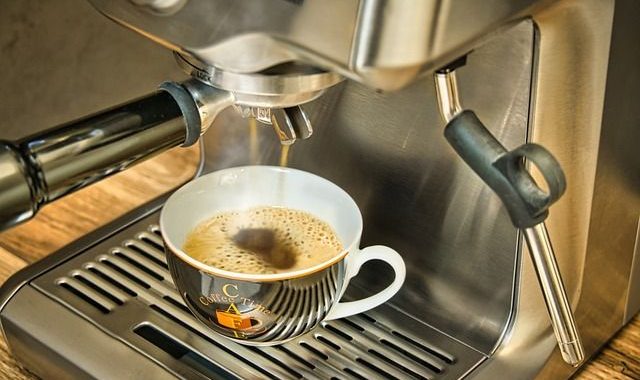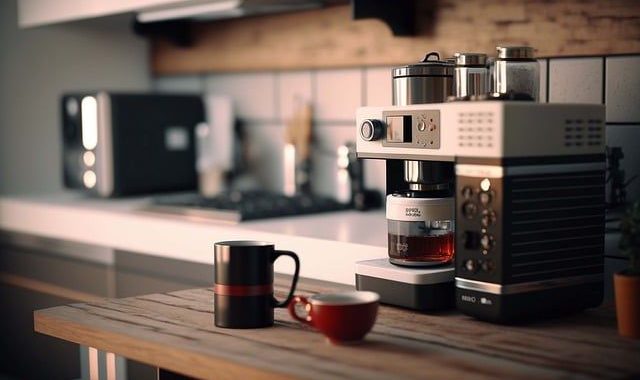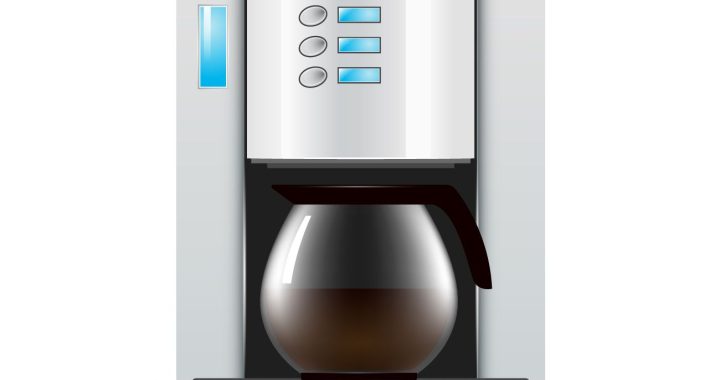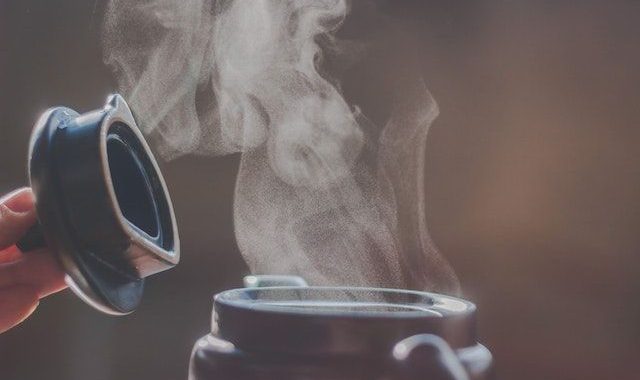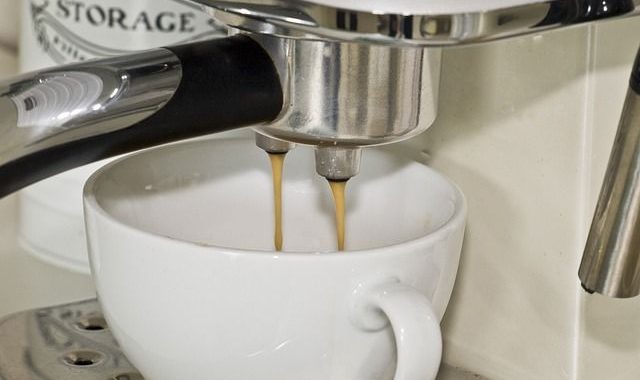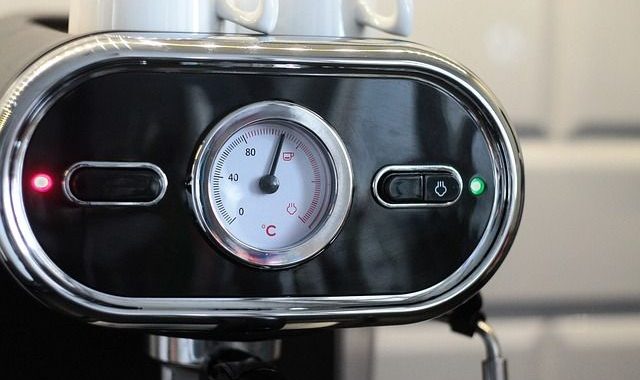For optimal performance, it is important to clean the coffee machine regularly to remove limescale and sediment. Descaling and cleaning your coffee machine can help prevent clogging, reduce calcium build-up on its surfaces and even extend the life of the machine itself. Here are some tips to keep your coffee machine in tip-top condition:
- Use the right descaling solution - Make sure you use a specially formulated descaling solution to clean it. These cleaning solutions are the best for breaking down mineral deposits and calcium build-up.
- Follow the manufacturer's instructions - If your coffee machine comes with specific instructions on how to descale and clean your coffee machine, make sure you follow them as closely as possible.
- Rinse thoroughly - once you've cleaned the limescale off your coffee machine, make sure you rinse it several times with clean water before using it again. This will help remove any residue from the descaler and ensure that the taste of your coffee does not suffer.
- Wipe down surfaces - Once you've finished descaling and rinsing, make sure you wipe down all the surfaces of your coffee machine with a damp cloth. This will help keep the appliance looking clean and prevent the build-up of calcium or other minerals in the future.
- Perform regular cleaning cycles - In addition to occasional descaling, it is also important to perform regular cleaning cycles. Most coffee machines have a 'cleaning' setting that will allow you to do this. Doing this will reduce the amount of residue in the coffee machine and improve its performance.
- Change filters - if your coffee machine has a filter, make sure you change it regularly. This will help keep the coffee tasting fresh and reduce the amount of coffee build-up in the machine.
Regular descaling and cleaning of your coffee machine can ensure that it will continue to work well for many years. With proper maintenance, you can significantly extend its life. Be sure to follow these tips if you want to get the most out of your coffee machine.

